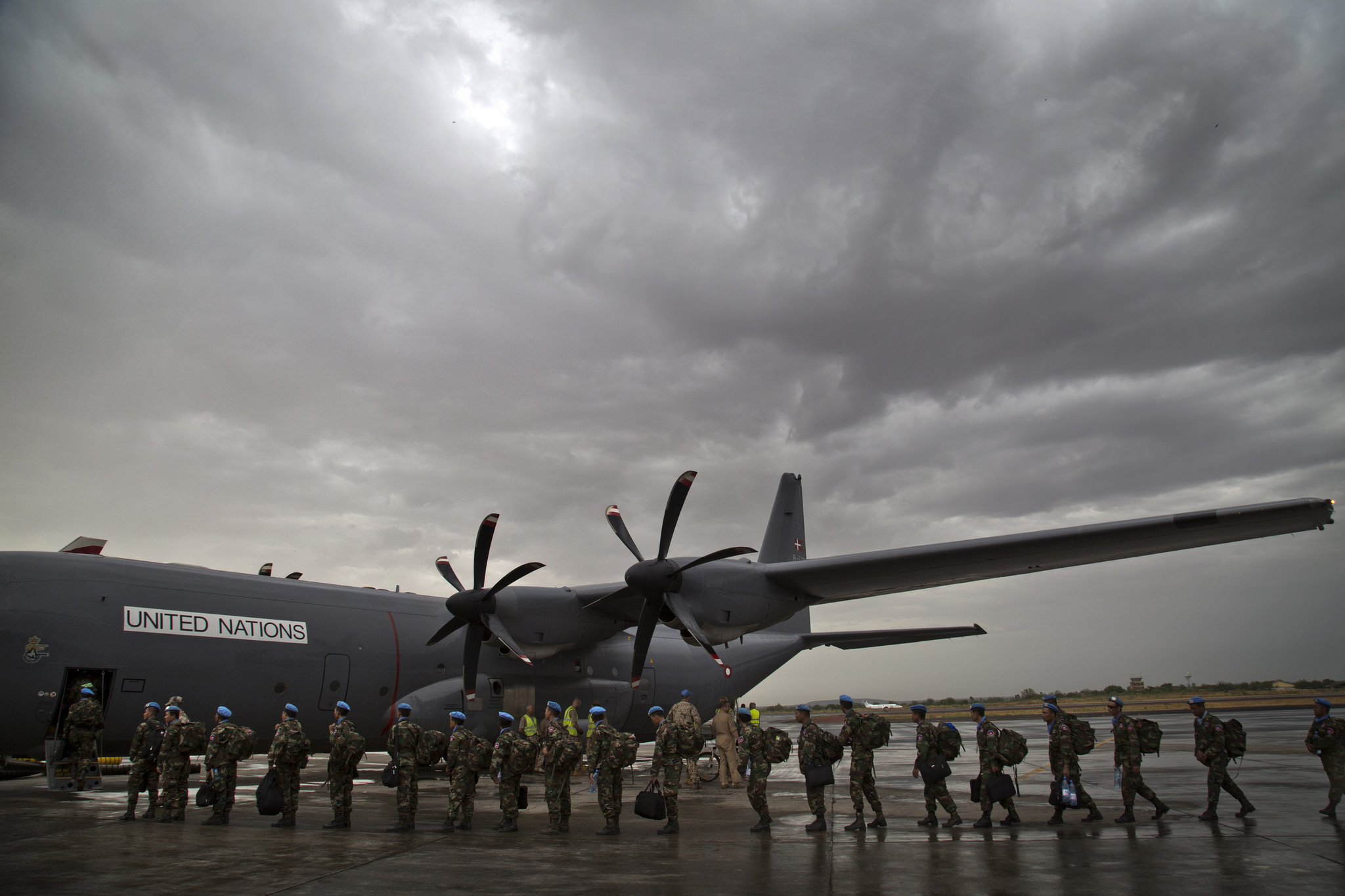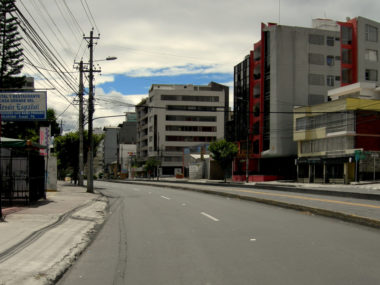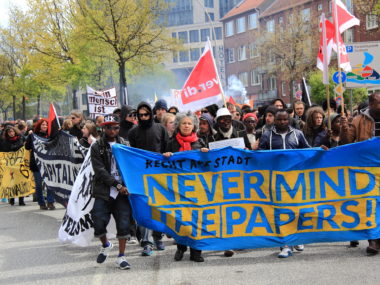Guest post by United Nations-World Bank.
In 2018, the United Nations and the World Bank Group launched a joint report, Pathways for Peace: Inclusive Approaches to Preventing Violent Conflict. The report, a synthesis of existing evidence and theories, highlighted how development policies and programs can play a stronger role in preventing violent conflict globally. The report was prepared in response to the dramatic increase in global violent conflict since 2010. The academic and policy community provided significant input, with academics, think thanks, and development practitioners from around the world contributing more than 60 policy papers.
The report finds that economic, social, political, and cultural inclusion today is a key dimension of violent conflict, and that inclusion is less about the level of welfare and poverty than about how different groups see themselves fairing in comparison with others. Today, grievances around unfair treatment are the source of most violent conflicts, as opposed to greed. Conflict moves fast across community, sub-regional, national, and regional levels and has a strong territorial dimension with cross-border and marginal regions being particularly unstable. The drivers of conflict are increasingly global, with a strong geopolitical dimension.
The development response needs to target specific areas where tensions tend to concentrate, such as perception of group-based exclusion and inequalities; access to and sharing of natural resources, especially land; governance, corruption, and the lack of legitimacy of the state, especially when they impact security and justice; and shocks, particularly macro-economic, which can easily make situations worse. Conflict prevention is an important agenda for development actors, but they need to work along the security, development, peacebuilding, and humanitarian nexus. These dimensions are extremely interconnected and therefore the responses must also be.
Today, research can help improve our understanding of how violent conflict and effective prevention works across the political, economic, social, and cultural spectrum, and how national and local leadership can tilt the balance towards conflict and/or peace. While leaders play an enormous role in pushing societies towards conflict—but also in bringing back peace—it would be important to know how this is happening in practice. It would also be imperative to know what role leaders, social groups, civil society, the private sector, and others, could play in preventing conflict effectively and what the contribution of external partners could be, if any. At present, conflict-related research tends to focus on how international actors shorten or prolong the duration of wars through third party intervention, and prevent conflicts from reoccurring through peacekeeping, as opposed to their role in preventing conflicts from occurring in the first place.







